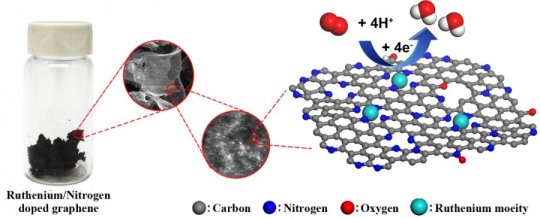
Ruthenium rules for new fuel cells (30/06/2017)
Rice University scientists have fabricated a durable
catalyst for high-performance fuel cells by attaching single ruthenium atoms to
graphene.

Swimming microbots can remove pathogenic bacteria from water (30/06/2017)
The lack of clean
water in many areas around the world is a persistent, major public health
problem. One day, tiny robots could help address this issue by zooming around
contaminated water and cleaning up disease-causing bacteria, report scientists.

Nanostructures taste the rainbow (30/06/2017)
Combining nanophotonics and thermoelectrics, engineers
generate materials capable of distinguishing between tiny differences in
wavelengths of light.
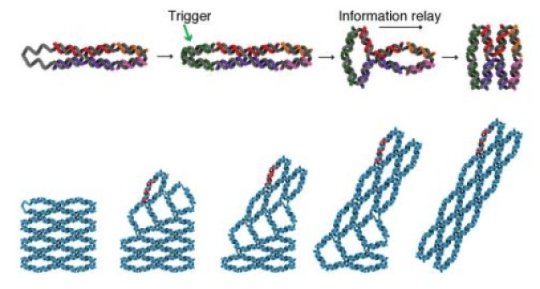
Switchable DNA mini-machines store information (26/06/2017)
Biomedical engineers have built simple machines out of
DNA, consisting of arrays whose units switch reversibly between two different
shapes. The arrays' inventors say they could be harnessed to make nanotech
sensors or amplifiers. Potentially, they could be combined to form logic gates,
the parts of a molecular computer.

Atomic imperfections move quantum communication network closer to reality (26/06/2017)
An international
team of scientists has discovered how to manipulate a weird quantum interface
between light and matter in silicon carbide along wavelengths used in
telecommunications.
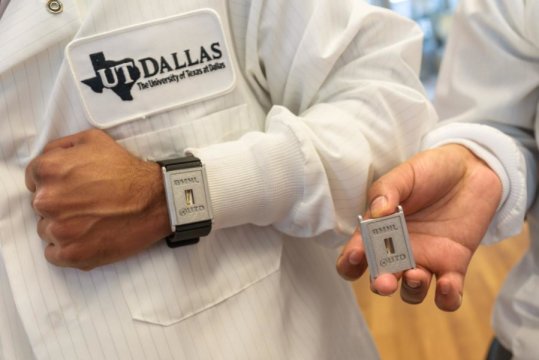
Bioengineers create more durable, versatile wearable for diabetes monitoring (26/06/2017)
Researchers are getting more out of the sweat they've put
into their work on a wearable diagnostic tool that measures three
diabetes-related compounds in microscopic amounts of perspiration. In a study,
the team describes their wearable diagnostic biosensor that can detect three
interconnected compounds - cortisol, glucose and interleukin-6 - in perspired
sweat for up to a week without loss of signal integrity.
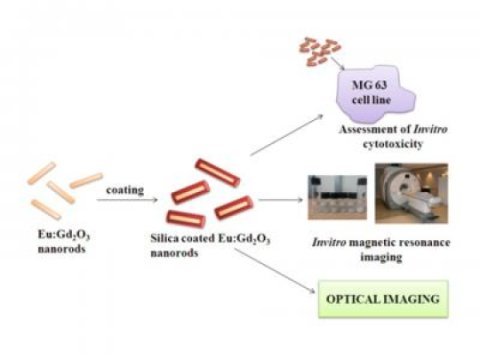
Nanoparticle based contrast agent developed for dual modal imaging of cancer (26/06/2017)
Dual
modal imaging which shares the advantages of two imaging modalities such as
magnetic resonance imaging and optical imaging, has the ability to produce
images with higher spatial resolution and higher sensitivity. Contrast agents
having both magnetic and optical properties identifies the cancer cells
efficiently. Europium doped gadolinium oxide nanorods were synthesized and
subsequently coated with silica to improve the biocompatibility.
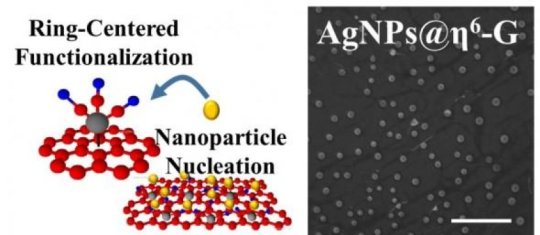
New chemical method could revolutionize graphene (26/06/2017)
Scientists
have discovered a new chemical method that enables graphene to be incorporated
into a wide range of applications while maintaining its ultra-fast electronics.

Superconducting nanowire memory cell, miniaturized technology (26/06/2017)
Researchers have developed a new nanoscale memory cell
that holds tremendous promise for successful integration with superconducting
processors. The new technology provides stable memory at a smaller size than
other proposed memory devices.
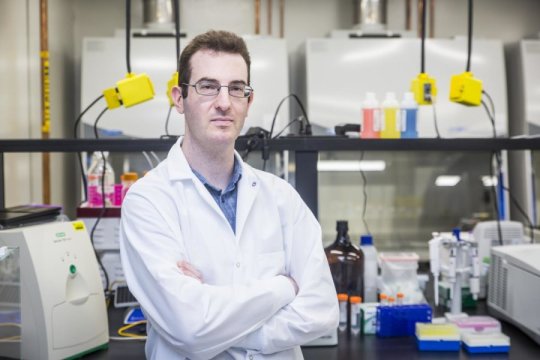
Graphene transistor could mean computers that are 1,000 times faster (26/06/2017)
Transistors based on graphene ribbons could result in
much faster, more efficient computers and other devices. Researchers use a
magnetic field to control current flow









